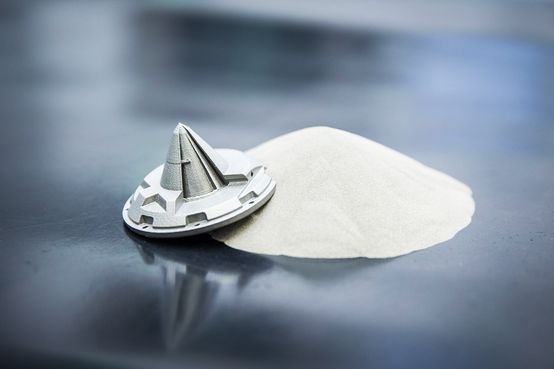 Detail
DetailNozzles for PHOIBOS 150 EP / NAP
Customizable Nozzles of PHOIBOS 150 EP / NAP Analyser for Near Ambient Pressure Applications
The PHOIBOS 150 NAP Analyzer consists of a differentially pumped electrostatic pre-lens, with a three-stage differentially pumped PHOIBOS 150 analyzer. Thus, the design concept provides four separate pressure stages separated by apertures. The first pumping stage (pre-lens) is separated from the analytic chamber by a nozzle with a customizable opening at the tip. By using a turbopump on the pre-lens stage, a pressure difference of four orders of magnitude (compared to the analysis chamber) can be achieved. Depending on the application and pressure, the nozzle diameter can be chosen betweet 0.2-1.0 mm.
Your web browser is deprecated
This could effect the presentation and some functions of our website.


